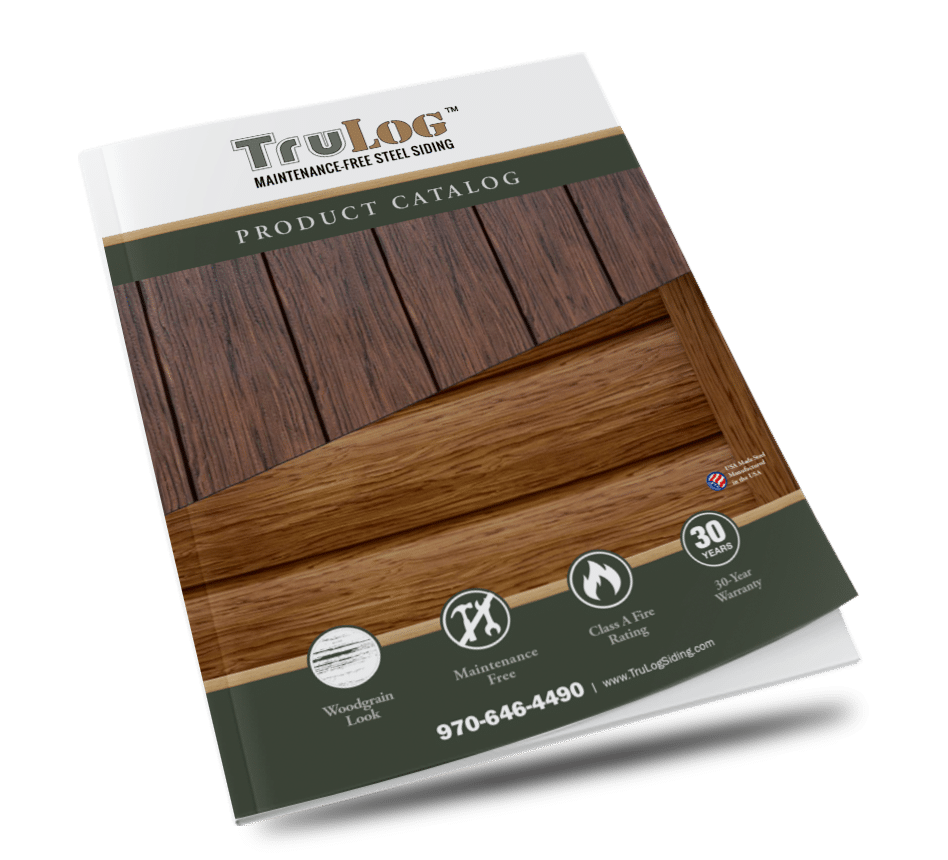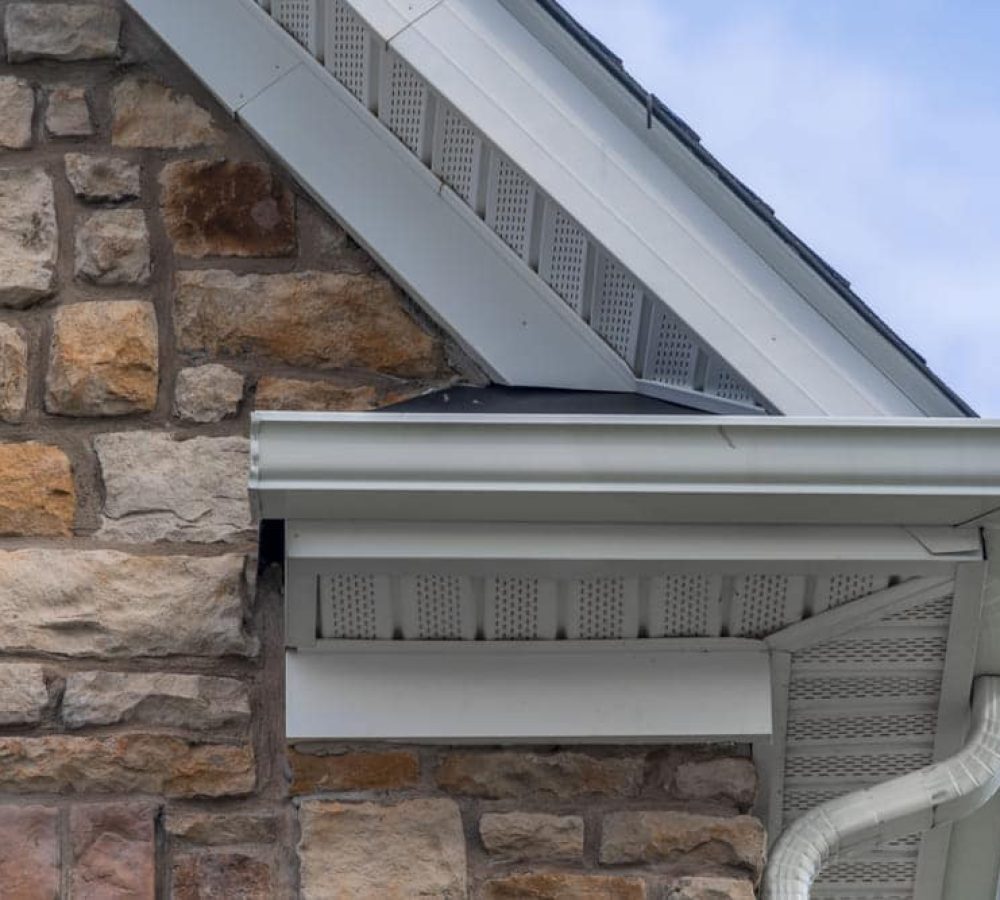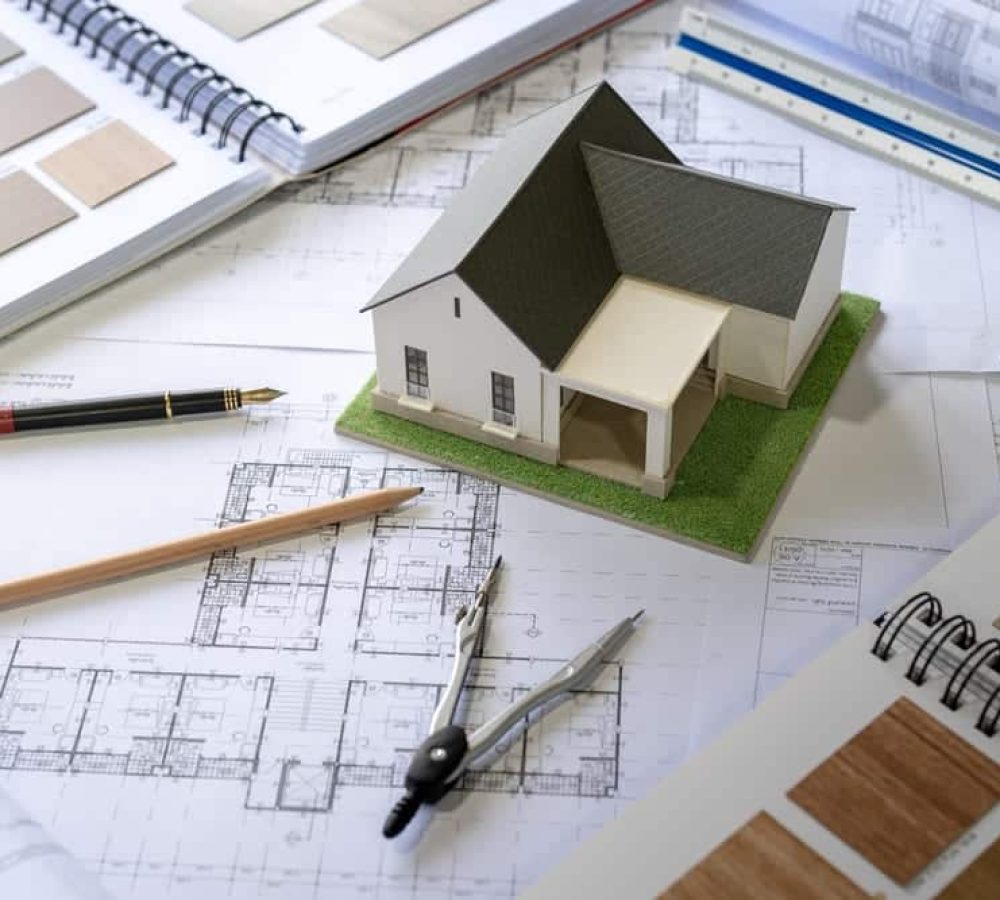When calculating metal siding vs. Hardie Board costs, there are many factors to consider. Cost assessments should include maintenance requirements, return on investment, and installation expenses, among other things.
Rather than getting fooled by a relatively low figure on the bill for materials, it’s best to think about the long-term value of both options so you can anticipate the true benefits of each. This guide will help you gain a better understanding of the costs for metal siding and Hardie Board.

Metal Siding vs. Hardie Board
First of all, you need to know what you’re getting with each product. Metal siding and Hardie Board are both heavy-duty products that provide distinct advantages over wood and vinyl siding. These superior qualities are worth the investment for both metal siding and Hardie Board siding.
Like other fiber cement products, Hardie Board offers enhanced strength and durability by relying on a stronger material composition. Fiber cement is non-combustible, less susceptible to water damage, and less attractive to insect and rodent infestations. All of these qualities give Hardie Board several advantages over wood and vinyl.
Likewise, metal siding is less likely to experience insect damage, moisture damage, and deterioration. Metal siding also lacks the flammability that makes vinyl and wood more prone to fires. For overall durability and strength, there’s no question that steel outperforms most other siding products.

In reality, both metal siding and Hardie Board siding are superior products with clear advantages over wood and vinyl siding. However, when it comes to measuring up costs, these two products are not quite as comparable. Here’s where the analysis gets a bit more complex, and long-term value, return on investment, and installation fees factor into the equation.
Hardie Board Costs Can Fluctuate Depending on the Middle Man
One thing that frustrates homeowners is that the cost of Hardie Board can fluctuate depending on the contractor you’re working with. In fact, Hardie Board cannot be purchased directly — even from the James Hardie site. Instead, Hardie Board products are only sold through independent dealers, with estimates ranging from $1 to $6 per square foot. This fluctuation can make cost comparisons a nightmare. Most homeowners should contact several dealers to get a variety of quotes before making a decision.
The advantage of metal siding is that homeowners will know exactly how much they’re going to pay for the materials ahead of time, since steel siding can be sourced directly from the manufacturers. In fact, responsible manufacturers, like TruLog, display the price of steel siding products clearly on their website, which is currently $5.50 to $6.50 per square foot. The cost of steel siding may be slightly more than Hardie Board, but this transparency allows homeowners to make an informed choice by purchasing their metal siding directly from the factory.

Cost of Installation
It’s important to note that overall cost comparisons should take other elements into account, too. For example, Hardie Board installation may require additional fees and hired labor, while metal siding does not. Hardie Board is made out of fiber cement, which often requires installation to be completed by a licensed professional for health and safety reasons. Metal siding, on the other hand, can be installed easily by homeowners or general contractors, which may help save money on installation expenses.
Damage, Maintenance, and Return on Investment
Product lifespan is another component to think about when comparing metal siding and Hardie Board. They both provide better strength than wood or vinyl materials, but steel siding tends to be the better return on investment overall, thanks to its enhanced durability and resistance to wear and tear.
Steel siding products, especially those made from high-quality metal with a high gauge, may last longer and show less damage over the years. Hardie Board is advertised as a strong material, but homeowners can easily damage the fiber cement siding when using a power washer, causing chips and scrapes in the siding. Little mistakes like this can add up when it comes to the cost of repairs.

A Product with Better Cost Transparency
Metal siding and Hardie Board siding can both provide a longer-lasting product than traditional materials, and can both be used to create a wide range of modern styles and colors as well. Compared to the cost of metal siding, Hardie Board seems to be slightly less when it comes to upfront costs.
For overall total cost comparison, including long-term value, metal siding is a great choice for homeowners who value a high-performance product with a reliable return on investment. Metal siding offers better transparency for consumers because it can be purchased directly from manufacturers and installed by a general contractor — unlike Hardie Board which must be purchased through a dealer and installed by a skilled laborer, which may harbor hidden fees and unexpected expenses.
No matter what siding product you decide on, it’s best to know all the options and get in contact with reputable manufacturers. Contact TruLog today to discuss our maintenance-free steel siding products!




